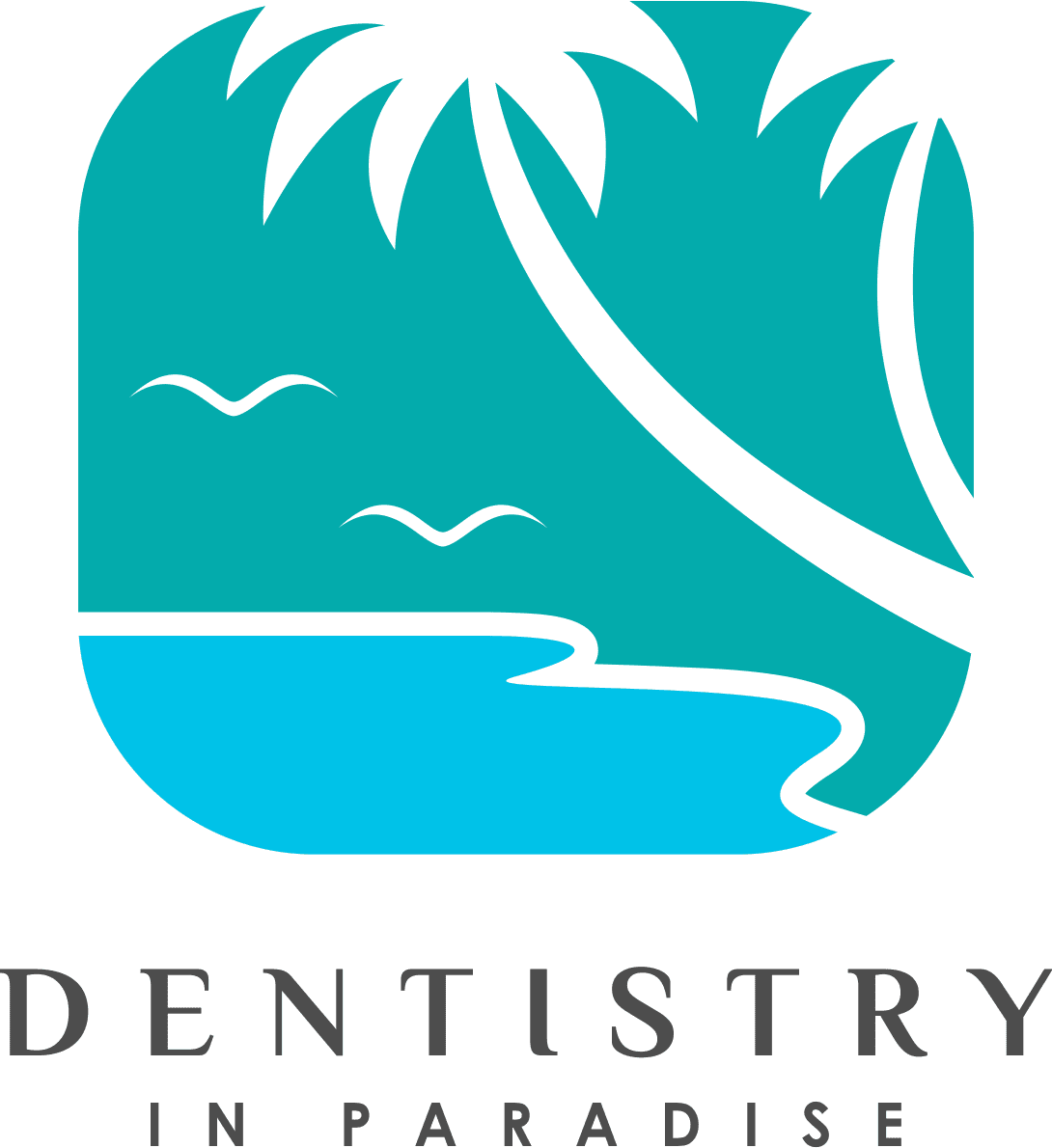
When a tooth becomes damaged or decayed, timely dental restorations can save it, preventing an extraction. In the past, dental crowns were the go-to solution for severe damage. That’s because dental crowns encompass all surfaces of your tooth.
While there’s a time and place for dental crowns 一 they can protect a tooth after a root canal or a tooth that’s weakened with a large filling 一 they do require the removal of significant tooth structure. With advances in dentistry, inlays and onlays have emerged as conservative alternatives that offer both durability and aesthetics while preserving more natural tooth structure.
Here, Kevin Miller, DDS, explores the benefits of inlays and onlays as less invasive restorative options and highlights the convenience of same-day CEREC technology that our team at Dentistry in Paradise provides in Santa Barbara, California.
What are inlays and onlays?
Inlays and onlays are custom-made dental restorations designed to repair an area of damage or decay on a tooth. Inlays fit within the grooves of the tooth while onlays cover a larger portion of the tooth and extend over one or more cusps.
Both inlays and onlays are crafted from tooth-colored materials and are bonded to your tooth to provide durability, aesthetics, and functional restoration. They’re similar to fillings, but there’s one big difference: Dental fillings are created in your mouth (called a direct restoration) while inlays and onlays are fabricated outside of your mouth (called an indirect restoration).
What happens when you get an inlay or onlay
The CEREC (Chairside Economical Restoration of Esthetic Ceramics) technology makes the process of getting an inlay or onlay simple and streamlined. First, Dr. Miller prepares your affected tooth — removing decay or damage as well as some tooth enamel to accommodate the restoration.
Next, our team takes a digital scan of the prepared tooth with a specialized camera. Dr. Miller uses the scan to design a precise 3D model of the inlay or onlay on his computer.
Once the design is finalized, the CEREC milling unit fabricates the restoration from high-quality material — right in the office. Finally, Dr. Miller bonds the custom-made inlay or onlay to your tooth.
How inlays and onlays restore your smile less invasively
If you don’t have a large area of damage or don’t require support for the whole tooth, you may not need a full dental crown. Inlays and onlays restore your smile in a less invasive manner.
They preserve more tooth structure
Before your tooth receives a crown, your dentist must shape the entire tooth to make room for the crown. This can lead to a significant amount of enamel removal.
Because inlays and onlays require shaping in a smaller area, more of your overall tooth structure is preserved. These restorations target the affected area precisely and are custom-made to fit seamlessly within the tooth structure. They’re an ideal choice for repairing teeth with moderate damage or decay.
They improve the aesthetics of your smile
In addition to their more conservative approach to repair, inlays and onlays offer exceptional aesthetic benefits. These restorations are typically crafted from tooth-colored materials, such as porcelain or composite resin, which mimic the natural appearance of your teeth.
The result is an aesthetically pleasing restoration that blends harmoniously with your surrounding natural teeth. They’re virtually indistinguishable from the rest of your smile.
They provide enhanced durability
The materials used for inlays and onlays are strong and resistant to wear, allowing them to withstand the pressures of biting and chewing. This durability ensures that your restored tooth can function normally for an extended period.
With CEREC, you get same-day convenience
Dr. Miller understands the importance of providing convenient and efficient dental care. CEREC technology employs computer-aided design and manufacturing (CAD/CAM) to fabricate custom restorations in our dental office so we can create and place inlays and onlays in a single visit.
This means you no longer have to deal with temporary restorations or multiple appointments to restore your damaged or decayed tooth.
Schedule a consultation online with Dr. Miller today to discover how these more conservative tooth restorations can enhance your smile and oral health. You can also call our office at 805-967-0272.
